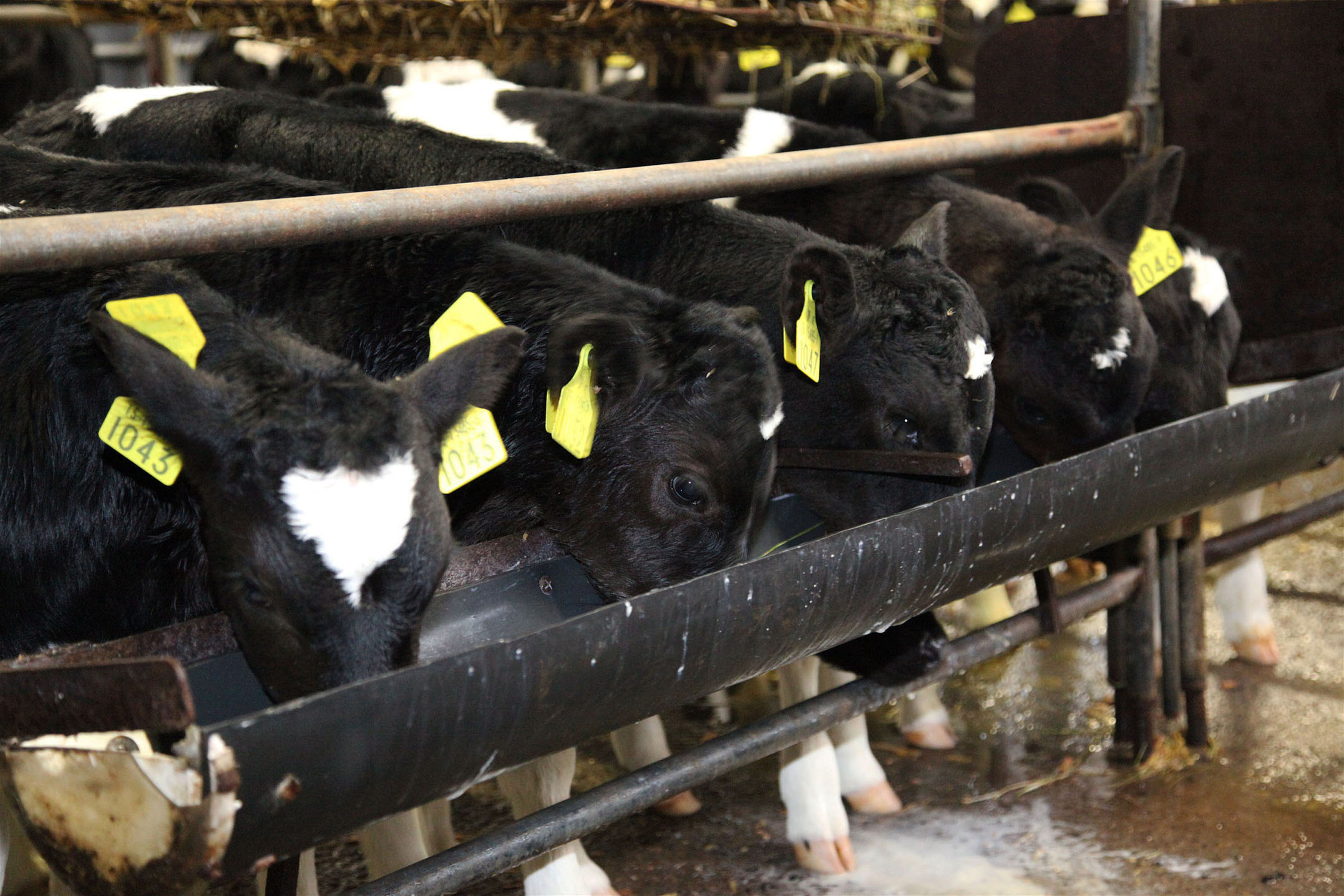The three weeks before and after calving are the most critical period in the production cycle of the dairy cow. The modern dairy cow is genetically programmed to produce high levels of milk post calving while her capacity to increase her dietary intakes in line with production is a challenge facing all producers at this time.
Key areas to monitor:
Body Condition Scores (BCS): Are your cows holding their pre calving BCS? If your cows are losing condition in the weeks post calving this must be addressed promptly and properly. Seek professional advice.
Dung Consistency: Dung that appears firm indicates that the cow’s diet may be too low in protein and too high in fibre. A loose and thin consistency suggests excess protein/carbohydrates or low fibre which may possibly lead to acidosis.
Milk Fat to Protein Ratio: The ratio of fat:protein is an excellent indicator of cow health and feed efficiency. The ideal butterfat:protein ratio is circa 1.27:1. Where the ratio goes above 1.5:1, strict attention should be paid to cow health as there is a strong possibility of Ketosis in the affected animals. Where the ratio drops below 1.2:1, a possible link to Rumen Acidosis exists.
Key Tips:
- Maximise dry matter intake (DMI) through a well balanced diet formulation and continuous assessment of the ration fed to cows.
- Try to ensure that there is a minimum of 600-800 mm feed space per cow along with ample drinking points.
- Introduce concentrates slowly. Set parlour feeders to slowly build up concentrate levels over a five to ten day period post calving. Adding concentrates too quickly, in an attempt to provide energy is a recipe for Sub Acute Rumen Acidosis. There are some excellent Rumen Buffers on the market which are producing excellent results in countering the threat of this condition. Products such as Rumicare from Agritech along with it’s excellent rumen buffering capacity has the added benefit of providing much needed calcium for the early lactation dairy cow.
- Continue to analyse you cow’s Body Condition Score on a regular basis. It is vitally important to maintain adequate BCS to ensure that the cow quickly returns to cyclicity in advance of the breeding season.
- Mineral Supplementation is essential during the post calving period. Supplementation of post calving minerals is a much neglected area, as many dairy farmers assume there are enough minerals in the purchased concentrate. However, unless there are very high levels being fed this is rarely the case.The post calving diet needs to be carefully monitored to ensure that the cow receives adequate levels of macro and trace minerals at this important time.
- Introduce grazed grass in to the diet. While we all know that grazed grass is an excellent feed, it is important to align the indoor ration to match up with the grazed grass level being fed in order to optimise cow performance and health.
For any further advice contact your local Agritech distributor.


